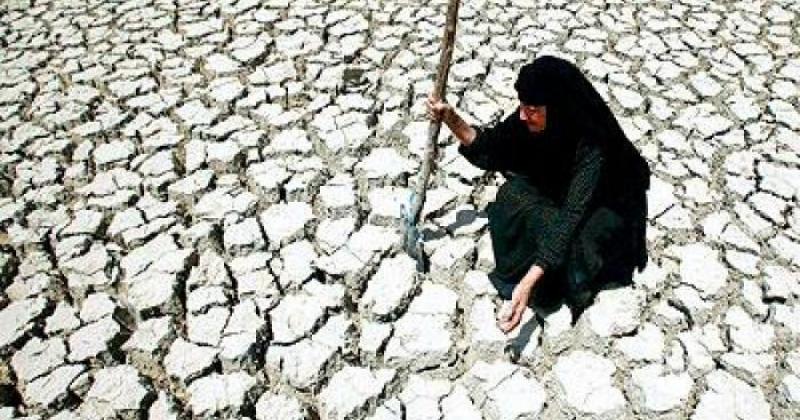An unprecedented water crisis is looming in the Middle East and North Africa. From Qatar to the Holy land, from Iran to Lebanon, except for virtuous Oman, the countries of the region will soon face extremely high water stress.
According to World Resources Institute, 17 countries face extremely high water stress because they consume 80 per cent of their available water annually.
"Water stress is the biggest crisis no one is talking about," claims Andrew Steer, WRI president and CEO. "Its consequences are in plain sight in the form of food insecurity, conflict and migration, and financial instability”.
WRI ranked 189 countries in terms of water stress, drought and river flood risk in collaboration with universities and research institutes in the Netherlands and Switzerland, using data from the 1960s to 2014.
The global consequences are critical for these 17 countries, home to a quarter of the world’s population and facing dangerous water shortages in the not-so-distant future.
The Middle East and North Africa are the most water-stressed region on Earth with 12 of the top 17 most water stressed countries. The list includes Qatar, Israel, Lebanon, Iran, Jordan, Libya, Kuwait, Saudi Arabia, Eritrea and the United Arab Emirates (all in the top ten), each consuming on average over 80 percent of their total water resources per year.
The WRI notes that the rankings are based on UN member countries. Nevertheless, whilst "Palestine is a non-member observer,” it “would place between Lebanon and Iran."
In the Middle East, failure to invest in recycling wastewater and overuse of groundwater have compounded the effects of prolonged droughts and ever rising temperatures.
Persian Gulf countries, for example, treat about 84 percent of all their waste water, but reuse only 44 percent.
One virtuous exception is the Sultanate of Oman. Ranked 16th among the countries most at risk, it is becoming a model as it treats 100 per cent of its waste water and reuses 78 per cent.
Conversely, India (ranked 13th), with three times more people than all the other 16 countries combined, is a source of concern.
Climate change, with its corollary of more frequent droughts, is one of the top factors in boosting water use as is high reliance on scarce groundwater.
As rising temperatures cause greater water loss through evaporation in reservoirs, the amount of water available is reduced.
This has led to calls for greater efficiency in agriculture, with the use of crops that require less water and better irrigation techniques.
Food waste must also be cut as food production consumes a quarter of the total water used in agriculture. Investments in new infrastructures to treat water and collect rain water are also needed.
Ultimately, waste water must be seen in a different light, not as something to be thrown away, but rather as a good to be reused to reduce pressure on existing water resources.
